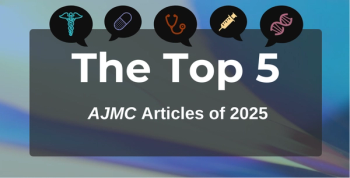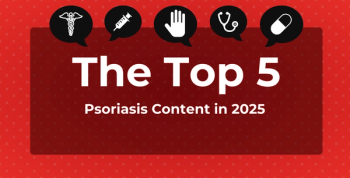
HCV Prevalence Higher in West and Appalachian US States
Hepatitis C virus (HCV) is the most frequently reported bloodborne infection in the United States, and prevalence has increased in recent years. Researchers recently sought to estimate the prevalence of HCV at the state level in order to more accurately guide prevention and care efforts.
Hepatitis C virus (HCV) is the most frequently reported bloodborne infection in the United States, and prevalence has increased in recent years. Researchers recently sought to estimate the prevalence of HCV at the state level in order to more accurately guide prevention and care efforts.
The study authors used a multistep statistical approach by first generating direct estimates for each state using the US National Health and Nutrition Examination Survey (NHANES) national prevalence in sex, race/ethnicity, birth cohort, and poverty strata. The researchers then examined the distribution of each state’s cause-specific death rates relative to the US average signals for local patterns of HCV infection.
From 2013 to 2016, the authors estimated an HCV RNA prevalence (indicating chronic disease) of 0.84% (95% CI, 0.75%-0.96%) among adults in the noninstitutionalized US population. Accounting for patients not included in NHANES, there were 231,600 additional persons with HCV, adjusting prevalence to 0.93% (10% relative increase nationally, with a state increase range of 2%-23%).
Researchers saw large variations in total population HCV prevalence by state (median [range], 0.88% [0.45%-2.34%]). Of the 13 states included in the US West Census region, 10 were above this median rate, and the region contained 27.1% of infected persons, despite constituting 23.4% of the US population. Three of the 10 states with the highest rates included Kentucky, Tennessee, and West Virginia, which together made up 5.8% of persons with HCV and 4.0% of the population. Additionally, 9 states—California, Texas, Florida, New York, Pennsylvania, Ohio, Michigan, Tennessee, and North Carolina—each contained more than 65,000 persons with HCV and together made up 51.9% of all persons with HCV nationally.
Overall, the analysis found that prevalence of HCV varies widely across the United States. The highest rates of infection are frequently in states that are “deeply affected” by the opioid crisis or with a history of increased levels of injectable drug use and chronic HCV infection, particularly in West and Appalachian states compared with other areas. Going forward, researchers hope that the estimates can help to guide state prevention and treatment efforts.
Reference
Rosenberg E, Rosenthal E, Hall E, et al. Prevalence of hepatitis C virus infection in US states and the District of Columbia, 2013 to 2016 [published online December 21, 2018]. JAMA Network Open.
Newsletter
Stay ahead of policy, cost, and value—subscribe to AJMC for expert insights at the intersection of clinical care and health economics.








































